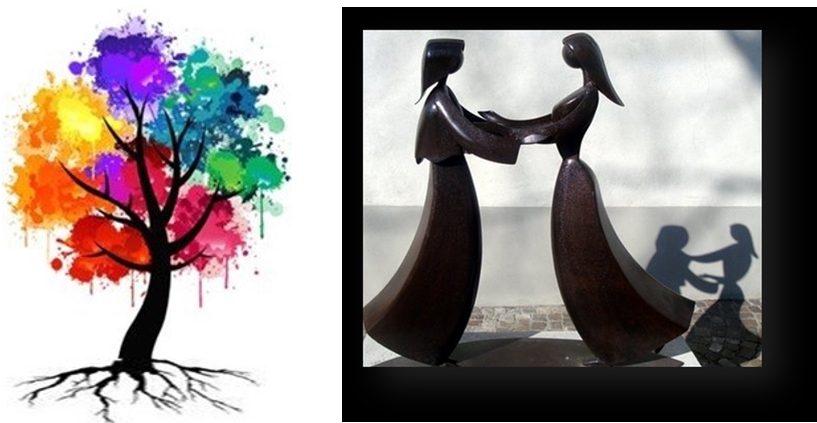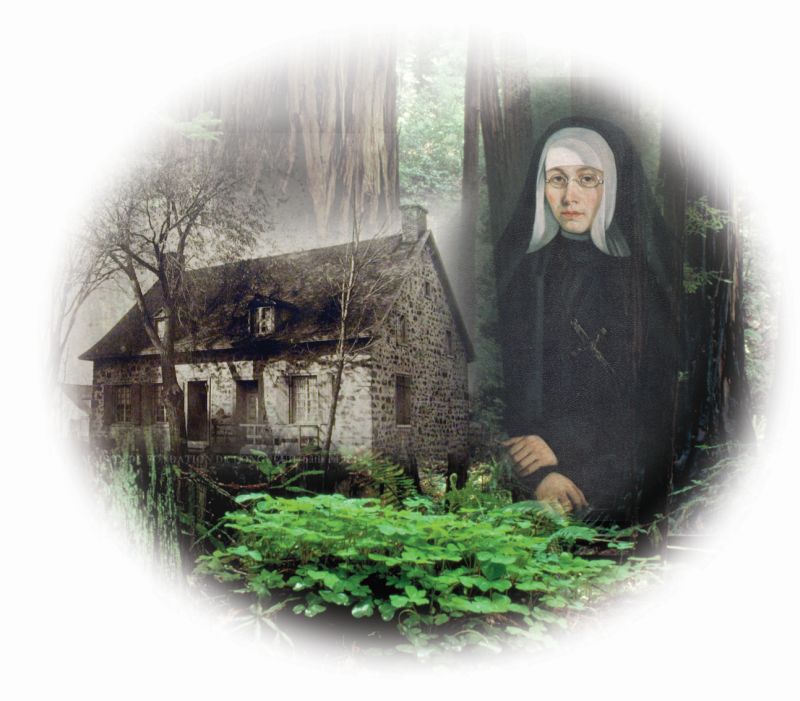
ANOTHER LOOK AT RELIGIOUS LIFE- Part 1
My Experience in Santa Cruz, California
Last winter, I was pleasantly surprised to receive an invitation from a group of Sisters from the U.S.- Ontario Province to join them in order to get to know each other better, to create solidarity among ourselves and to reflect together on the future of religious life. This gathering has existed for twelve years and brings together Sisters of our Congregation who entered the community after 1970.
The meeting took place in Santa Cruz and included 28 Sisters from Canada, Peru and U.S. - ON. As you can well imagine, we too are concerned about the future of our SNJM community. This gathering was skillfully led by Sr. Joan Stedman from the Congregation of Holy Cross.
The sharing in small groups was riveting because the questions were well focused and clear. We were asked to answer the following questions: What is the essence, the distinctiveness of religious life today? What sets us apart from others?
Another key moment was learning about the three dimensions of leadership (canonical, relational and organizational). Following this, we were asked to gauge where we stood personally, by sharing our strengths and our limitations. Sisters Lynda Haydock and Guadalupe Guajardo then shared their leadership experience at the general and provincial levels.
A video, How Wolves Change Rivers, raised a lot of questions for me regarding our SNJM future. If your curiosity has been aroused, you can watch it on Google, click on this link which is easy to access, or simply type in How Wolves Change Rivers. If wolves have been able to change the ecosystem of a park, just imagine everything we could succeed in changing.
Before leaving, we also took the time to answer another question that called for a commitment on our part. The question was: In light of the challenges to be addressed in my ministry, my religious, social and political life, how do I feel called to respond, what action can I take?
We ended our session with a long meditation-contemplation that was very nourishing. The next meeting is scheduled for July 2019.

The Testimony of Our Predecessors
The period in which we are currently living is not something unique or new. I am convinced that an institution is often confronted with moments of crisis, anxiety, questioning and transition.
When I think of the death of Mother Marie-Rose, the Sisters probably asked the same questions that we are asking today. What will become of us? Who will be able to assume appropriate leadership in this time of transition? Who will bring us together, unite us in mission?
I continued my reflection by reading two books, one concerning the life of Sister Veronique-du-Crucifix (The Hope of the Harvest) and the other about the life of Sister Thérèse-de-Jésus (Called to Cast Fire). I was greatly impressed by their boldness in moving the community forward, in making courageous decisions to ensure the survival of the community. In the face of adversity and troubling times, they stood firm, they stood tall and they took risks.
Just like those who preceded us, the delegates at the last General Chapter affirmed their faith in the future of religious life. I share this faith but I see religious life expressed and lived according to different structures that would enable us to respond appropriately to the needs of our world.
Pope Francis invited religious communities to open their doors wide and to change their structures in order to better accomplish the mission to which they are called.

A dream
Sometimes I dream that a group of Sisters convinced of the future of religious life will get together to reflect and to consider the following questions: If Mother Marie-Rose came to one of our meetings on the future of religious life, to what needs would she respond? What cries from powerless and oppressed people would she hear? What signs of the times would call out to her? To what mission would she invite us?
We are sure to find in Mother Marie-Rose's responses an invitation to take action regarding the refugee crisis, to accompany people in their thirst for meaning and spirituality, to be open to interreligious dialogue, to protect our environment, to open our doors to others in order to carry out our mission and to learn to live together.
I am convinced that if we respond to these few needs of today, young people will come to join us and pioneer communities will thus develop.
Huguette Fleurant, S.N.J.M.